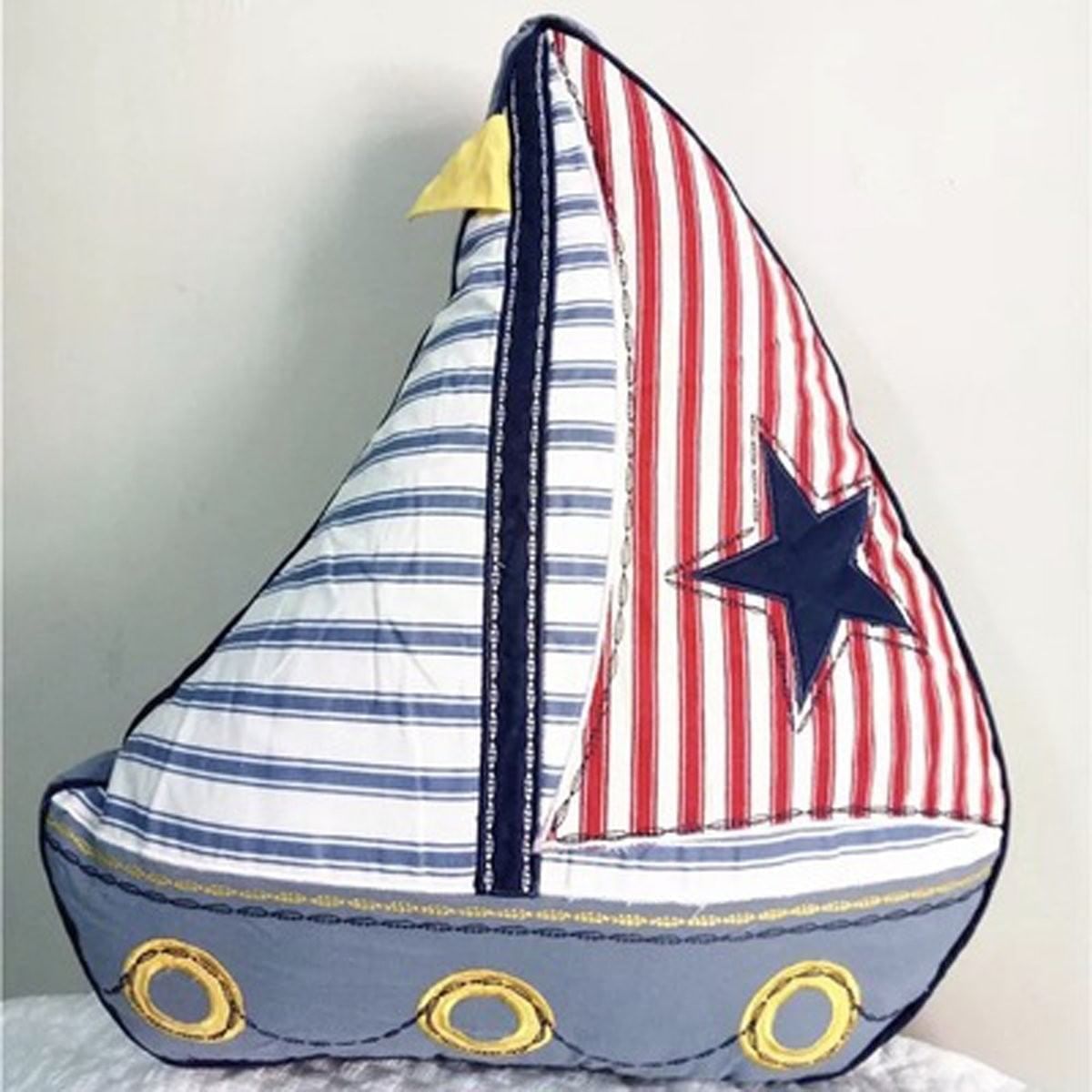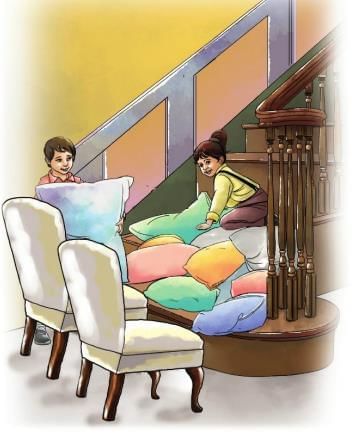Summary: A Good Play | English Class 3 ICSE PDF Download
| Table of contents |

|
| Introduction |

|
| Key Points of the Poem |

|
| Summary |

|
| Message |

|
Introduction
The poem "A Good Play" by R.L. Stevenson is about two children who have fun using their imagination. They pretend to sail a ship made of chairs and pillows. The poem shows how they enjoy playing together with simple things and have a little adventure.

Key Points of the Poem
The poem is about two kids who play a fun game by pretending to sail a ship.
- They make the ship using chairs and pillows from their home.
- They bring simple things like water, an apple, and cake for their pretend adventure.
- One child gets hurt, but the game is still exciting.
Summary
Stanza 1
We built a ship upon the stairs
All made of the back-bedroom chairs,
And filled it full of sofa pillows
To go a-sailing on the billows.
This stanza tells us that two children make a pretend ship using chairs from a bedroom. They put pillows inside to make it cozy. They imagine they are sailing on big waves, called billows, like real sailors on the sea.

Stanza 2
We took a saw and several nails,
And water in the nursery pails;
And Tom said, 'Let us also take
An apple and a slice of cake;'
Which was enough for Tom and me
To go a-sailing on, till tea.
This stanza tells us that the children gather things for their pretend adventure. They take a tool called a saw, some nails, and buckets of water. One child, Tom, suggests bringing an apple and a piece of cake to eat. These things are enough for them to keep playing their sailing game until it’s time for their evening snack, called tea.
Stanza 3
We sailed along for days and days,
And had the very best of plays;
But Tom fell out and hurt his knee,
So, there was no one left but me.
This stanza tells us that the children pretend to sail for many days and have a lot of fun playing. But then, Tom falls and hurts his knee, so he can’t play anymore. This leaves the other child alone to continue the pretend sailing game.
Message
The poem teaches us that imagination can make simple things fun and that playing together is enjoyable, even with small accidents.
New Words with Meanings
- Billow: A big wave
- Saw: A tool to cut wood or metal
- Pail: A bucket
- Tea: A time in the evening for tea and snacks
|
36 docs|18 tests
|
FAQs on Summary: A Good Play - English Class 3 ICSE
| 1. What is the main theme of the poem "A Good Play"? |  |
| 2. How does the poem describe the experience of watching a play? |  |
| 3. What are some qualities of a good play mentioned in the poem? |  |
| 4. How does the poem encourage children to appreciate theater? |  |
| 5. What lessons can be learned from a good play according to the poem? |  |















